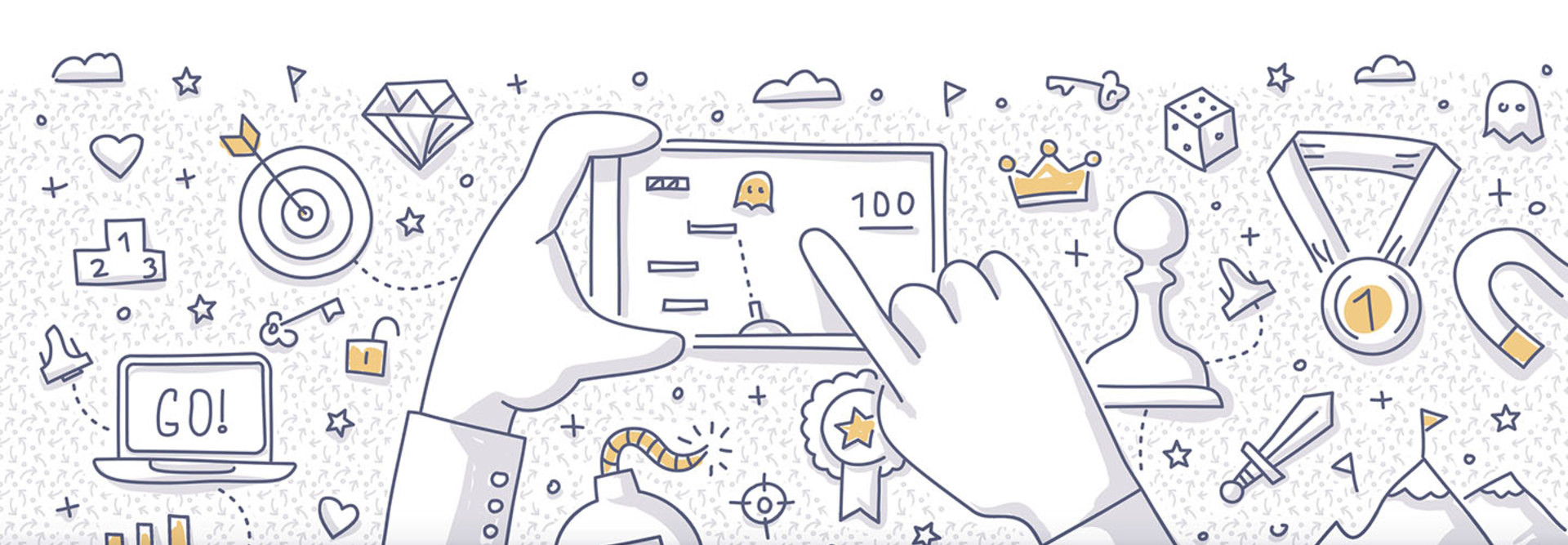Gamification Gives Healthcare Triage, Cybersecurity a Boost
Games aren’t just for fun anymore. These days, everything from dating to learning has been gamified, and if you’ve used an app to count your daily steps or record your meals, then you already know that healthcare is no different.
Gamification is the process of using gaming elements and experiences, like rewards, leaderboards, quests and challenges, to engage users in behavior that helps them learn or achieve goals. Already, the technique is helping consumers to hit fitness goals in conjunction with wearables, such as Fitbits and the Apple Watch. Outside of the patient sphere, however, several healthcare organizations have begun tapping apps and video games to improve everything from care to security.
And with the healthcare gamification market expected to grow at healthy levels in coming years as prominent companies deliver products — such as Microsoft Sharepoint — that make gamification possible, it’s likely that only more providers will hop on board to help make healthcare organizations more secure and care more effective.
SIGN UP: Get more news from the HealthTech newsletter in your inbox every two weeks!
Trauma Game Helps Doctors Triage Patients More Effectively
The University of Pittsburgh School of Medicine in Pennsylvania has found that a video game has helped doctors more effectively triage patients in the emergency room.
For a study released in December in The British Medical Journal, the school developed a video game called Night Shift in collaboration with gaming company Schell Games, which aimed to help physicians better understand when to triage patients in severe trauma.
“The game is designed to tap into the part of the brain that uses pattern recognition and previous experience to make snap decisions using subconscious mental shortcuts — a process called heuristics,” according to a statement from the University of Pittsburgh School of Medicine.
In a randomized trial of 368 ER physicians across the country, half of ER doctors were asked to read educational material on when to triage patients while the other half played Night Shift. Immediately after, ER physicians that had played the game were less likely to undertriage patients, or fail to send severe trauma patients to hospitals better equipped to handle their injuries. Six months after playing the game, those that had played Night Shift continued to perform better when it came to triaging severe patients, undertriaging patients 57 percent of the time as compared to 74 percent for those who had read educational materials instead.
“Physicians must make decisions quickly and with incomplete information. Each year, 30,000 preventable deaths occur after injury, in part because patients with severe injuries who initially present to nontrauma centers are not promptly transferred to a hospital that can provide appropriate care,” Dr. Deepika Mohan, assistant professor in Pitt's departments of critical care medicine and surgery, and lead author of the study, said in the statement. "An hour of playing the video game recalibrated physicians' brains to such a degree that, six months later, they were still outperforming their peers in recognizing severe trauma."
Beaumont Health System Ups Cybersecurity with Video Games
Patient care isn’t the only role for gamification in the healthcare field. Cybersecurity practices are set to get a boost as well. And with the U.S. government reporting last year that healthcare cybersecurity is in “critical condition,” the industry’s security best practices could certainly use a leg up.
To this end, Beaumont Health System in Dearborn, Mich., recently tapped gamification to better train employees on cybersecurity best practices via 10-minute interactive sessions.
“Our previous security training was death by PowerPoint,” Scott Larsen, manager of cybersecurity operations and architecture, told MobiHealthNews. “It was very noninteractive, very sterile and uninteresting. It did not capture the interest of the end user. The responses we got was ‘This is not useful to me, it’s a waste of time, I don’t understand why it’s necessary,’ comments like that. The employee engagement was very challenging.”
Now, in partnership with a security training company, the health system has moved to a more interactive cybersecurity training format to teach employees about phishing and real-world examples of cyberattacks. By gamifying the experience, the health system has improved comprehension of its cybersecurity best practices as well as increased employee engagement on security measures.
“It is presented in a very interactive format; all throughout they share different scenarios based on real events in the workplace,” Larsen explained. “It asks questions and quizzes the user at each stage.”









